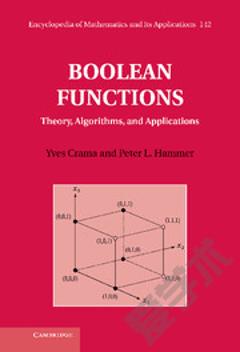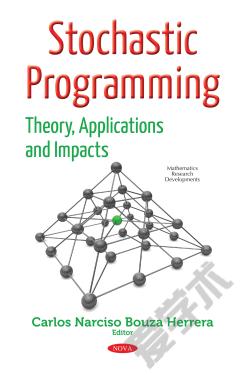Linear Programming: Theory, Algorithms and Applications
Linear programming (LP), as a specific case of mathematical programming, has been widely encountered in a broad class of scientific disciplines and engineering applications. In view of its fundamental role, the solution of LP has been investigated extensively for the past decades. Due to the parallel-distributed processing nature and circuit-implementation convenience, the neurodynamic solvers based on recurrent neural network (RNN) have been regarded as powerful alternatives to online computation. This book discusses how linear programming is used to plan and schedule the workforce in an emergency room; the neurodynamic solvers, robotic applications, and solution nonuniqueness of linear programming; the mathematical equivalence of simple recourse and chance constraints in linear stochastic programming; and provides a decomposable linear programming model for energy supply chains. (Imprint: Novinka)
{{comment.content}}








 京公网安备 11010802027623号
京公网安备 11010802027623号